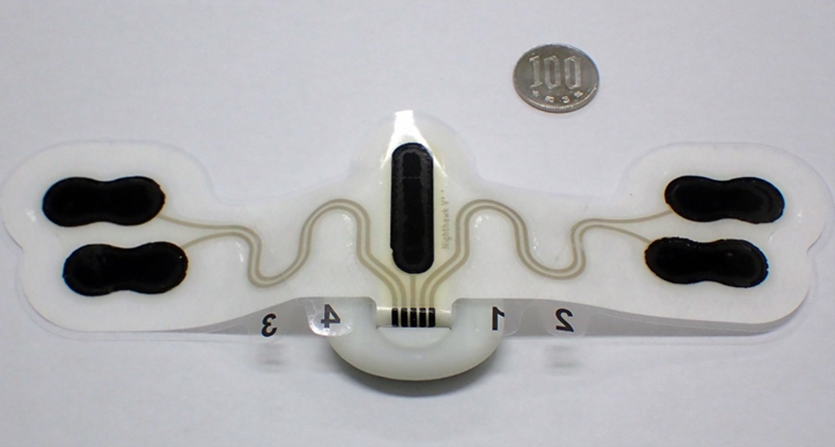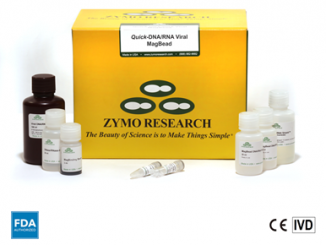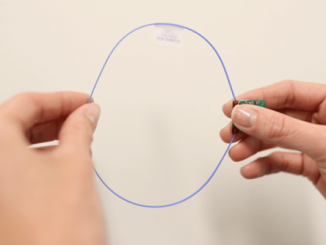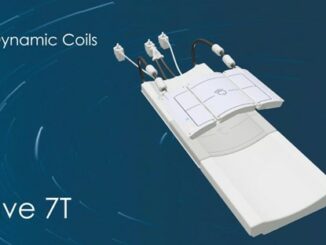
Developers of wearable and attachable medical devices will likely be intrigued with innovative electrophysiological dry electrodes and high-elasticity wiring materials which have recently come out of the labs of Shin-Etsu Chemicals in Japan.
Designed for wearable devices that enable remote measurement and transmission of a person’s electrical bio signals, including such vital signs as heart rate and electrocardiogram waveform, they can help bring about wellness pursuits as well as earlier diagnosis and management of chronic diseases. While these are based on the company’s silicone research and development, Shin-Etsu also has ongoing research focused on its extensive portfolio of magnetic materials and products.
As the awareness of the need for better health management and the necessity for home medical treatments are rising, the opportunities to measure a person’s electrical bio signals by means of advanced wearable devices are increasing. When people wear smart health patches directly on their skin for more than 24 hours while the device is obtaining bio signal data, the experience can become uncomfortable. When the measurement period takes a long time, perhaps extending to one week, it is possible that the process of obtaining of the bio signal data could become unstable.
Electrophysiological dry electrodes based on the new silicone material, however, have a better wearing feel by adapting to the skin and making it very unlikely for the skin to become irritated. About as thin as a human hair, it becomes soft and flexible to the extent that you do not feel that you are wearing the device. By optimizing the silicone’s adhesiveness, the electrophysiological dry electrodes will allow the device to track and follow the movement of the wearer and realize the acquiring of stable electrocardiogram signals. Because of the silicone’s original water repellent property, while wearing the device, taking a bath is made possible, which was not possible when using an existing gel-type electrode.
Depicted in the image above is a health patch developed by Holst Centre Co. in the Netherlands that uses the electrophysiological dry electrodes can acquire stable bio signal data for a week, even when a person is continuously wearing the device.
The patch also employs a new highly stretchable material for wiring developed by Shin-Etsu to transmit the acquired bio signal data to the signal processing device. Even after repeated stretchability testing, it maintained conductivity, providing the ability to endure long hours of wearing.
Located in Eindhoven, Holst Centre is an independent R&D center operated by imec and TNO focused on wireless technologies and printable electronics. For more info, see www.shinetsu.co.jp and www.holstcentre.com.



